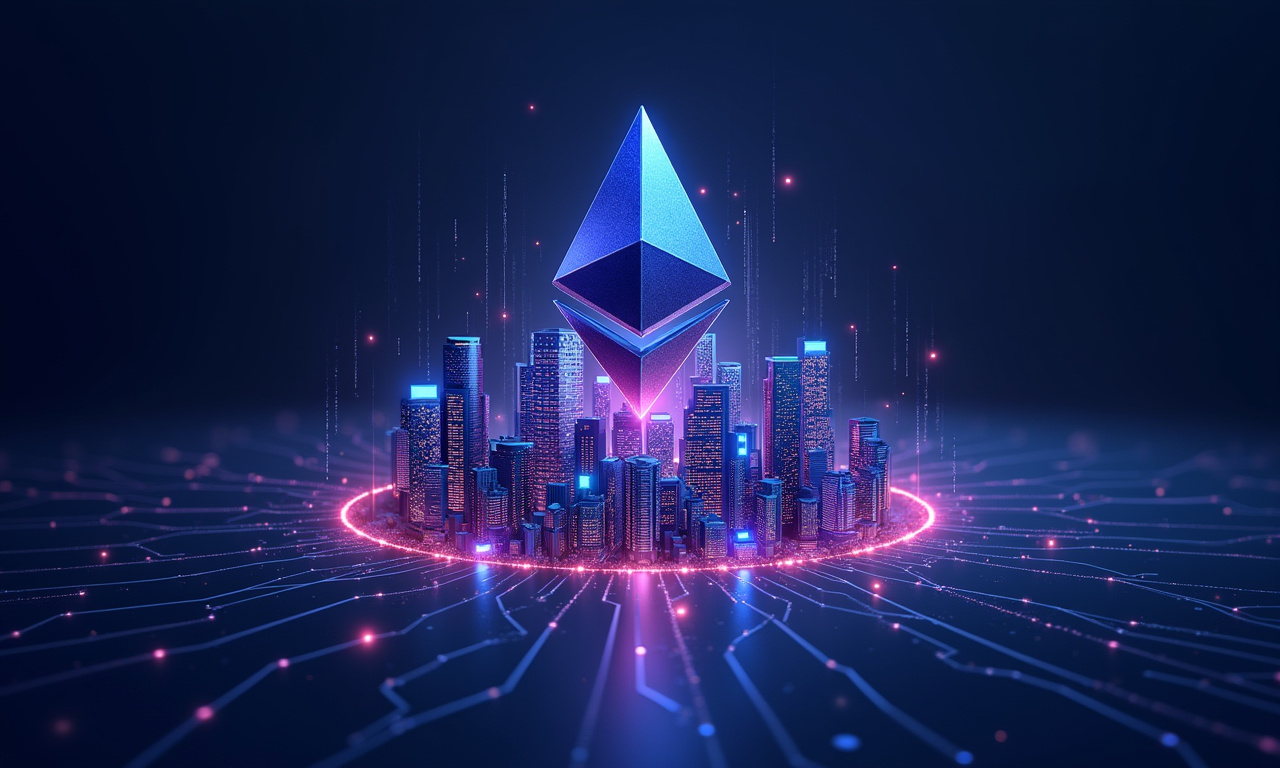Crypto microtransactions are emerging as a foundational technology, poised to revolutionize digital interactions across various sectors. These small payments are not simply a curiosity. They’re driving a significant change in online value exchange that will benefit independent creators, improve immersive gaming economies, and facilitate machine-to-machine payments as part of the Internet of Things (IoT).
When you can send and receive fractions of a cent, new economic models are possible. This produces opportunities that the legacy financial system would have never been able to sustain. The scalability challenges that plague blockchain technology have, until recently, prevented the widespread adoption of crypto microtransactions.
Perhaps the best known and most promising applications of crypto microtransactions is in aiding independent creators. New platforms are helping users cut out the middlemen and directly support artists, writers, podcasters and other creatives. This removes the requirement for a middleman, and it’s quickly becoming the fastest growing trend.
Microtransactions enable creators to monetize their content on a granular level, fostering a more direct and sustainable relationship with their audience. This model empowers creators to break free from traditional advertising-based revenue streams and build a loyal following based on the value of their work.
Thirdly, crypto microtransactions are redefining the gaming experience, with expansive, tangible in-game economies fueled by sophisticated blockchain tech. Giving players the ability to earn and spend valuable cryptocurrency within immersive virtual worlds opens up new forms of gameplay, investment, and collectibles. You can now spend these microtransactions to purchase virtual goods. They provide access to premium content and compensate players for their investments in the game.
With the evolution of our Internet of Things (IoT) world comes a growing necessity for automated machine-to-machine payments. Crypto microtransactions are a safe and simple way to get paid instantly. They make it possible for devices to automatically pay for services such as data storage, bandwidth, or energy usage. This technology has the potential to transform sectors like logistics and manufacturing and enable new smart city innovations.
Today, layer 2 solutions have become integral players within the overall crypto microtransaction ecosystem. They address the scalability limitations of our blockchain technology directly. These solutions bundle thousands of transactions off-chain before settling them on the primary blockchain, offering higher capacity and reduced costs. Rollups and sidechains are two examples of Layer 2 solutions that provide unique solutions to scaling blockchain networks.
With transaction confirmation times of just about instant as seen on blockchain networks like Solana and Polygon, these networks are primed for microtransactions. Layer 2 solutions on Ethereum, enabling near-instant transaction finality ingredient as a service. They make scaling solutions to the challenges the Ethereum network is currently running into.
And even beyond the payments themselves, traditional payment systems have processing delays and settlement times that can take upwards of a number of hours and even days. This can be a significant roadblock for microtransactions, which require CMS’ speed and efficiency at the least. Not to mention, the frequent network congestion on popular blockchains like Ethereum can slow processing times and increase fees at times, rendering microtransactions uneconomical.
Layer 2 solutions play a significant role in alleviating network congestion, allowing transactions to be processed off-chain, taking the pressure off the main blockchain. This leads to quicker transaction confirmations and reduced fees, allowing microtransactions to be adopted into daily life. With gas fees lowered to the bare minimum on Layer 2 scaling solutions, trading small amounts becomes much more viable.
Continuous improvement within blockchain is key. They help to allow for Layer 2 scaling solutions to process billions of tiny transactions and keep the network secure and performant. The case for crypto microtransactions has already grown overnight. To meet the challenges ahead, innovations in scalability and efficiency are critical to the overall digital payments landscape.




